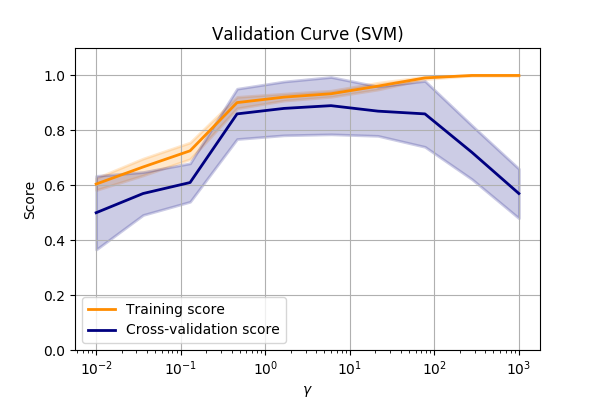Cloud Native Data Science: Strategy
- Published
- Author
 Dr. Phil WinderCEO
Dr. Phil WinderCEO
Data Science has become an important part of any business because it provides a competitive advantage. Very early on, Amazon’s data on book purchases allowed them to deliver personalised recommendations whilst customers were browsing their site. Their main competitor in the US at the time was Borders, who mainly operated in physical stores. This physicality prevented them from seamlessly providing customers with personalised recommendations [1]. This example highlights how strategic business decisions and data science are inextricably linked.
Read more
